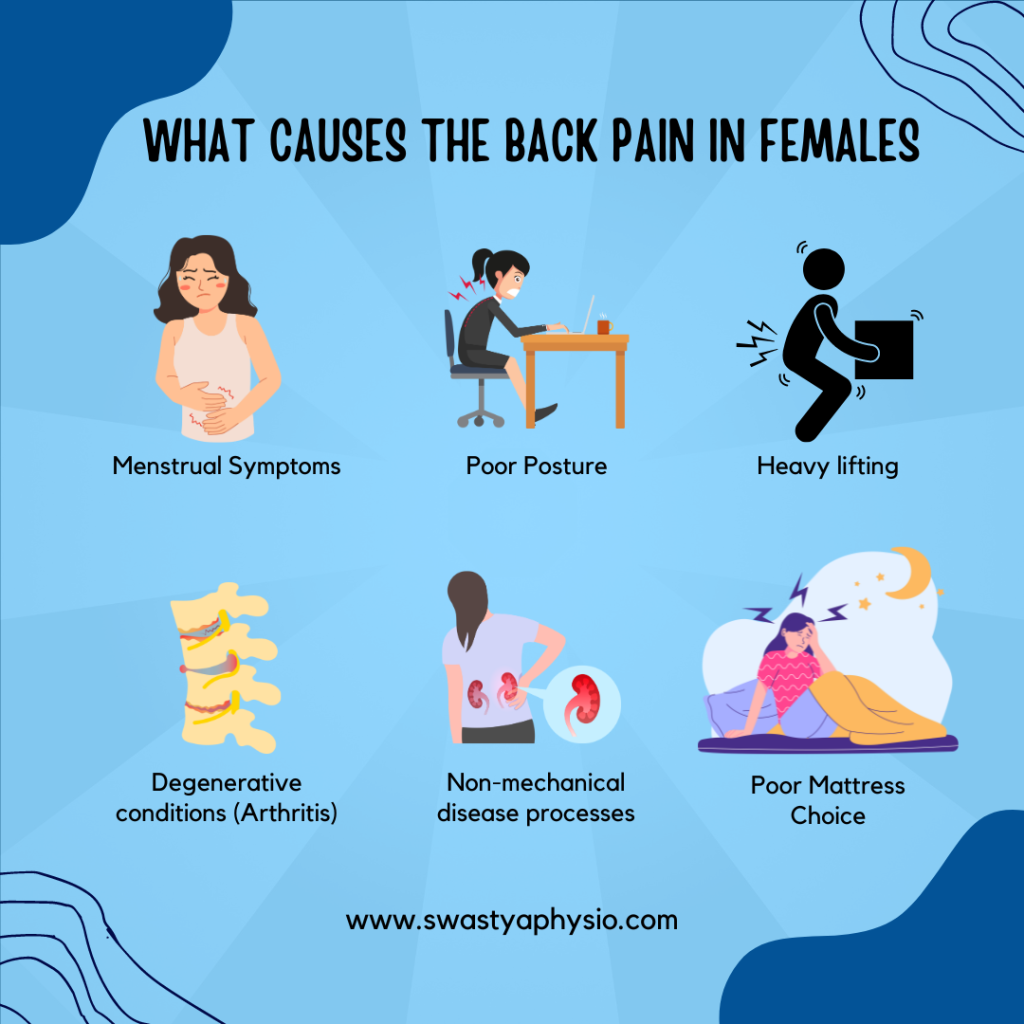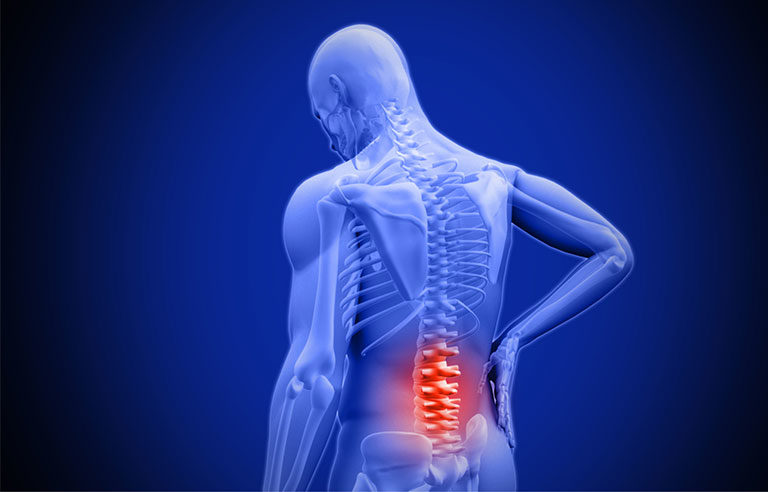Understanding the Root Causes of Upper Back Pain
Upper back pain is a common ailment that can significantly disrupt daily life, affecting everything from work productivity to leisure activities. While it’s often tempting to attribute this discomfort to a single cause, the reality is that upper back pain can stem from a variety of factors, each requiring a nuanced approach to treatment and prevention. In this comprehensive guide, we delve into the diverse range of causes behind upper back pain and explore effective strategies for finding relief.
1. Poor Posture: The Culprit Behind Many Cases
In today’s sedentary lifestyles, poor posture has emerged as a leading cause of upper back pain. Slouching or hunching over, whether at a desk or while using electronic devices, places undue strain on the muscles and ligaments of the upper back, leading to tension and discomfort.
2. Muscular Imbalance: When Strength Disparities Cause Trouble
Imbalances in muscle strength and flexibility can also contribute to upper back pain. Weak muscles in the upper back and chest, combined with tightness in the surrounding muscles, can create uneven pulling forces on the spine, resulting in pain and stiffness.
3. Overuse and Repetitive Motion: The Price of Modern Work Habits
Individuals whose occupations involve repetitive tasks or prolonged periods of sitting are particularly susceptible to upper back pain caused by overuse. Continuous motions, such as typing on a keyboard or lifting heavy objects, can strain the muscles and lead to inflammation and discomfort over time.
4. Injury and Trauma: Sudden Onset of Pain
Acute upper back pain can also occur as a result of injury or trauma, such as a fall, sports-related incident, or motor vehicle accident. These sudden impacts can damage the muscles, ligaments, or even the vertebrae themselves, causing intense pain and restricted movement.
5. Structural Issues: When Anatomy Plays a Role
Structural abnormalities in the spine, such as herniated discs or degenerative conditions like osteoarthritis, can contribute to upper back pain. These issues may impinge on nerves or alter the alignment of the spine, leading to chronic discomfort and reduced mobility.
6. Emotional Stress: The Mind-Body Connection
It’s essential to recognize the impact of emotional stress on physical health, including upper back pain. Stress and anxiety can manifest as tension in the muscles of the upper back and shoulders, exacerbating existing discomfort and creating a cycle of pain.
7. Poor Sleeping Position: Nighttime Aggravators
The way we sleep can also influence upper back pain. Sleeping in an unsupportive position or on a mattress that doesn’t adequately cushion the spine can lead to morning stiffness and soreness in the upper back.
8. Smoking: A Surprising Contributor
Smoking is not only harmful to respiratory health but can also affect the musculoskeletal system. Nicotine restricts blood flow to the spinal discs, impeding their ability to receive essential nutrients and increasing the risk of degeneration and pain.
9. Underlying Medical Conditions: When to Consider Other Factors
In some cases, upper back pain may be symptomatic of underlying medical conditions such as scoliosis, fibromyalgia, or gallbladder disease. Consulting with a healthcare professional is crucial for accurate diagnosis and appropriate treatment.
10. Lack of Physical Activity: The Importance of Movement
A sedentary lifestyle devoid of regular physical activity can contribute to upper back pain by weakening the muscles and compromising spinal health. Incorporating exercises that strengthen the back and improve flexibility can help alleviate discomfort and prevent future issues.

Conclusion
In conclusion, understanding the various factors that contribute to upper back pain is essential for effective management and prevention. By addressing issues such as poor posture, muscular imbalances, and lifestyle habits, individuals can take proactive steps toward achieving lasting relief and promoting spinal health. Remember, finding the right approach may require a combination of therapeutic interventions, lifestyle modifications, and professional guidance. Prioritizing self-care and listening to your body’s signals are paramount on the journey to a pain-free upper back.
Ready to explore your options for chiropractic and physiotherapy?
Contact SwastyaPhysio today to schedule a consultation and discover the best path to your wellness journey. We’re here to support your health every step of the way
Banaswadi | HBR layout | Kalyan Nagar | Kammanahalli | Horamavu | Hennur






